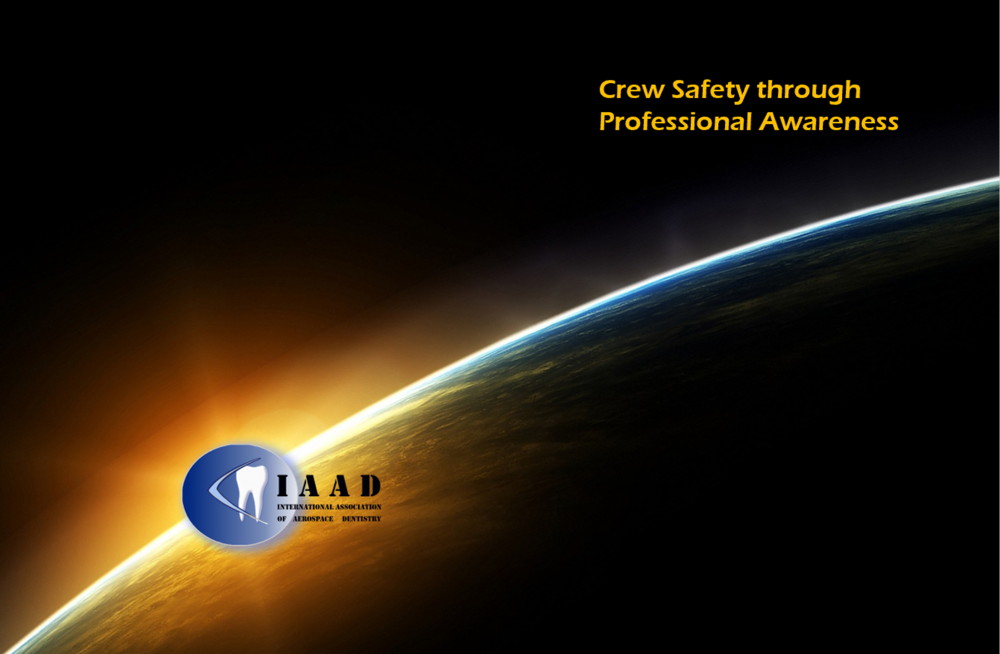We are glad you are here. This website is dedicated to those individuals that have a sincere interest in aerospace dentistry.
So, what is aerospace dentistry?
Aerospace dentistry has many facets. First, and foremost it deals with the study of the physiological changes that occur in the human body during barometric changes in atmospheric pressure, and then apply how these changes can have an impact the oro-facial complex. Conditions that can occur during ambient pressure changes are: barodontalgia (pressure related dental pain), barosinusitis, (pressure related sinus pain) and odontoclasis (tooth fracture caused by ambient pressure changes). When experienced, these conditions have been known to cause pain so severe that the crewmember’s ability to concentrate is compromised and have been known to experience vertigo or blurred vision.
These conditions were first recorded during the 1940’s, when barodontalgia (termed aerodontalgia at the time) was ranked 5th in physiologic complaints of pilots and ranked 3rd as a causative factor in premature landings. The average in-flight occurrence of pulpitis during this period was around 10-11%. We would assume with modern pressurized airline cabins that these numbers would have lessened over the years, however, modern studies still show that these numbers have remained the same, and in some areas of the world are much higher.
Diagnosis can be challenging. First of all, otitis media (pressure related ear pain) can refer pain to the lower molar region, mimicking a barometrically related tooth ache and should always be included in the working diagnosis. Second, Barosinusitis usually refers pain to the upper posterior teeth, however, the barosinuitis may be a tooth-borne injury to the maxillary sinus caused by an undiagnosed pulpal necrosis and must be addressed to prevent further episodes.
In summary, Oro-facial pain during atmospheric pressure changes is a serious condition that can incapacitate a pilot, crewmember, or diver, thus endangering the lives of those around them. We as practitioners should be diligent in learning about these conditions so we have the capability to properly diagnose and treat the cause. A series of questions is all that is needed to get an initial working diagnosis. Finally, equipped with the right knowledge, performing a series of pulp tests and obtaining the necessary radiographic images will lead the clinician to a definitive diagnosis.
Please join us to learn more about this subject. We meet annually at the Aerospace Medical Association Annual Meeting and would love to have you join our group. The only requirement to join is to have a sincere interest in aerospace dentistry.
Kindest regards,
Michael H. Hodapp, DDS, MAGD, FAsMA
President: International Association of Aerospace Dentistry
